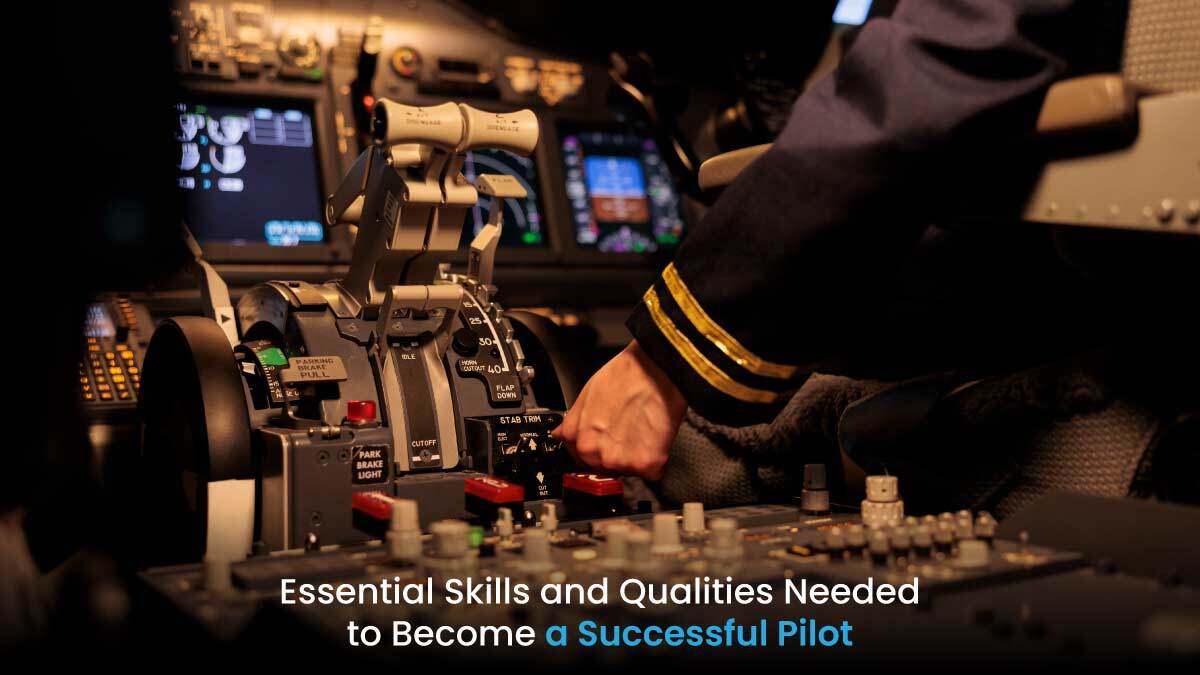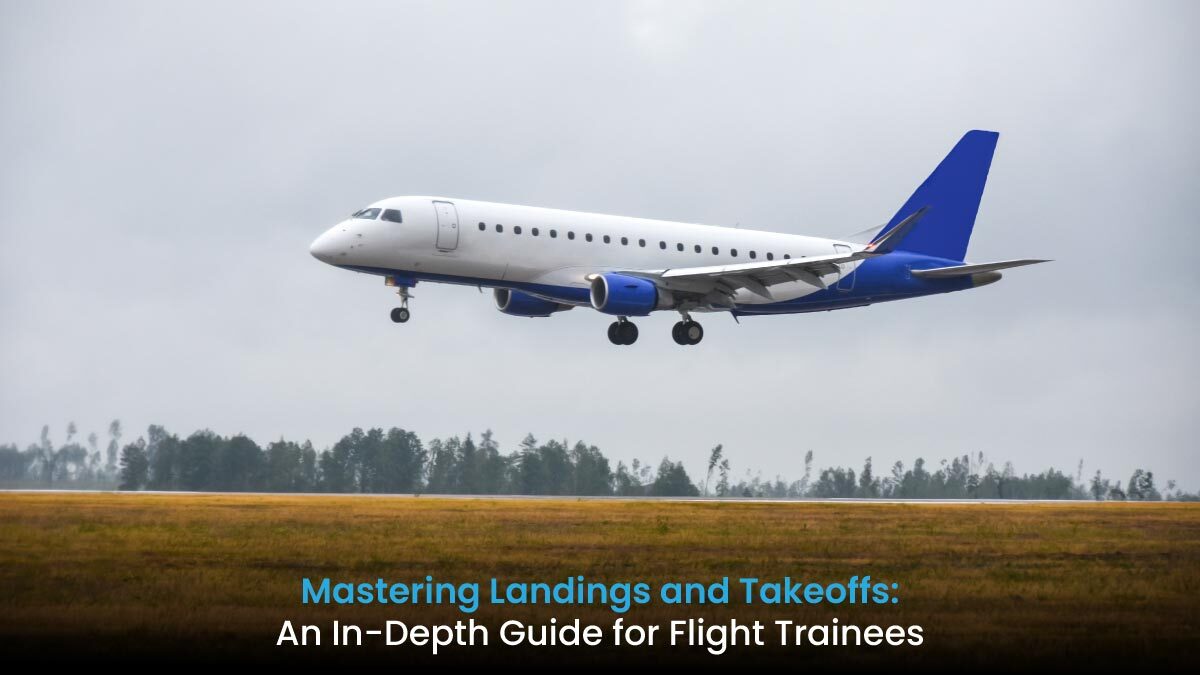
Ever looked up and wished you were the one flying that plane?
Witnessing breathtaking sunrises from thousands of feet above the ground, and navigating over stunning landscapes that stretch out like a living map beneath you is a dream for many!
The exhilaration of piloting a powerful machine, combined with the unique viewpoint and freedom that comes with flying, creates an experience unlike any other. This powerful combination of breathtaking scenery, the adrenaline rush of takeoff, and the satisfaction of mastering a complex skill is what makes an aviation career so appealing.
A pilot job offers other advantages. Here are the top ten advantages of pursuing this intriguing career.
Adventure and Excitement
A career as a pilot offers unmatched adventure and thrill. Every flight is different, from navigating changing weather to exploring new places. No two days are the same, keeping the job exciting and full of new experiences.
High Earning Potential
Pilots, especially commercial pilots, have great earning potential. With the right certifications and experience, they can enjoy high salaries, along with extra benefits like travel allowances and bonuses. The demand for skilled pilots in the aviation industry ensures competitive pay and perks.
Job Stability and Demand
As the aviation industry continues to grow, so does the demand for qualified pilots. More airlines and increased air travel mean more job opportunities. This growth gives pilots job security and allows them to confidently prepare for their careers. Become a pilot with a Flight Training Organisation (FTO) like Insight Aviation and secure your future with its IndiGo Cadet Pilot Programme.
Travel Opportunities
Each trip allows pilots to explore new places, from chaotic cities to serene landscapes. Many airlines provide discounted travel pricing to pilots and their families, allowing them to enjoy vacations and adventures at a fraction of the cost.
Skill Development
Becoming a pilot requires intensive training that sharpens a variety of talents. Pilots must excel in problem-solving, making quick decisions, and being alert to their surroundings. These talents are useful for flying and in other professions too.
Professional Respect
Pilots are highly respected in society because of the huge responsibility of flying such a complex machine. Pilots are admired for their knowledge, training, talents, and the critical role they play in maintaining airline safety. This respect can be extremely lucrative and improves overall job happiness.
Flexible schedule
Many pilots benefit from a flexible work schedule. While flight schedules vary, pilots frequently have downtime in between trips. This flexibility in schedule not only encourages a healthy lifestyle to pursue hobbies but spend time with family, or continue their training.
Networking Opportunities
The aviation industry offers endless networking possibilities. Pilots interact with industry peers, airline executives, and passengers from around the world, and these connections can open doors to future job opportunities.
Contribution to Society
Pilots are essential in transporting passengers and freight all over the world. The pilot profession extends beyond flying, playing a key role in global travel and transport.
They facilitate business travel and cargo transport, which promotes trade, which is vital for an economy’s growth. Moreover, many pilots engage in humanitarian missions, delivering aid during disasters and transporting unwell patients, making their work all the more rewarding.
Personal Development and Confidence
Becoming a pilot requires dedication and hard work. Completing flight training and earning certifications boosts confidence and a sense of achievement. This personal growth often benefits other areas of life as well.
A pilot’s career offers more than just flying. Along with a great pilot salary, travel, and adventure, pilots gain professional respect and personal development. If you’re looking for a dynamic and rewarding career, consider becoming a pilot. Join Insight Aviation’s IndiGo Cadet Pilot Programme and become part of this esteemed profession. Whether you aim to fly commercially or privately, the journey with Insight Aviation is sure to be worth it.
FAQs
Q. Is being a pilot a high-paying career?
A. Yes, being a pilot is considered a high-paying career.
Q. Is there job stability in the aviation industry?
A: Yes, there is job stability due to the high demand for qualified pilots.
Q. What health and retirement benefits do pilots receive?
A. Pilots typically receive health insurance, retirement plans, and other benefits such as travel perks.
Q: Can being a pilot lead to global networking opportunities?
A: Yes, pilots can build global networks through their diverse connections.



















